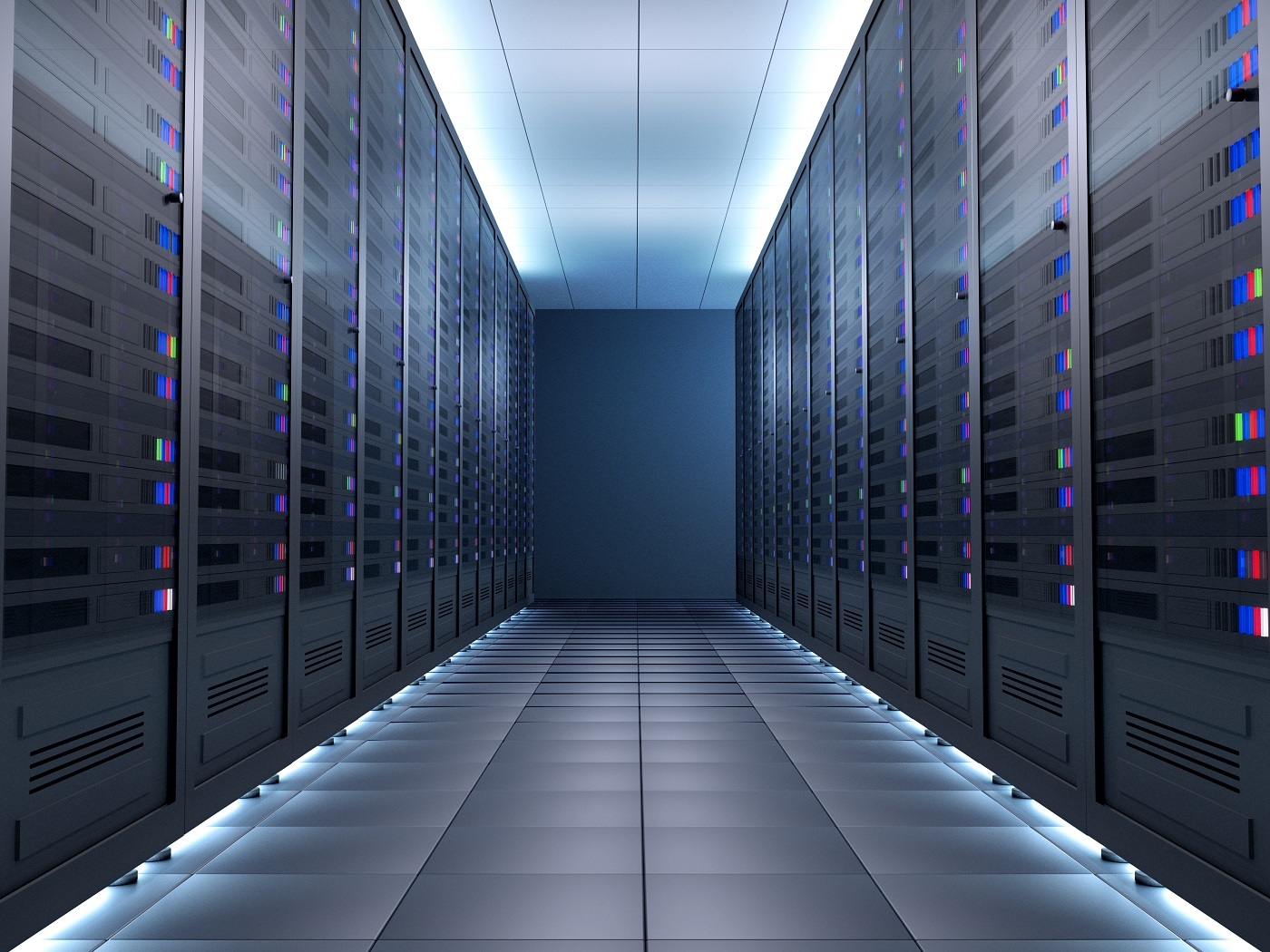Although new ways of providing internet connectivity are coming up, optical fiber cables are still regarded as the gold standard and preferred by most CSPs for providing internet to their customers due to their unique advantages that outshine any other mode of internet connectivity in terms of speed, cost, maintenance, latency, weather resistance, etc.
The optical cable market has been growing exponentially across the globe due to the rising demand by enterprises and customers for using internet-driven products and services. In addition, the COVID-19 pandemic has added more impetus over the years. As a result, CSPs have been adding more optical cable capacity to support remote operations, cloud-based services, IoT, streaming video, and 5G wireless technology.
In 2022, the estimated optical fiber cable market was expected to grow to USD 89.91 billion, with a CAGR of 35.1%, from USD 66.54 billion in 2021. Furthermore, by 2026, the projection will reach USD 227.54 billion at a CAGR of 26.1%. So, what makes Optical Fiber Cables such a dominant medium for internet connectivity over other options for improving networks? Let’s look at nine benefits offered by optical cables to boost your network capabilities.
9 Unique Benefits of Optical Fiber Cables
- Offers faster data speeds than conventional cables
One of the primary reasons why CSPs choose optical fiber cables over regular copper wire cables is that they offer faster data transfer speeds. Optic cables are designed to transfer data at speeds close to 100 Gbps, which is higher than most regular cables can transfer, which is around 30 Gbps. This boosted speed will enable data transfer between devices to happen instantly, which is a big advantage as these days, most business operations are performed through digital equipment that runs on the internet. The reason for such data speeds is WDM (Wavelength Division Multiplexing), which enables different light colors to be transferred through a single optical fiber via different wavelengths.
2. More durability & resistance to damage
Another major perk of optical cables is that they offer more durability than conventional copper cables. This is because the fibers are manufactured using glass or plastic, which are naturally durable. This makes them robust and resistant to damage from harsh weather conditions and terrain.
3. Direct cloud connectivity
Optic fiber cables also provide direct cloud connectivity. This means you can connect all your smart devices directly to the internet without deploying a router or any other pairing device. This can be a massive advantage when you are thinking of transferring big data quickly, as there is nothing acting as a barrier, which is the case with regular cables that can experience a drop in signal over a long distance if the connecting devices are not working efficiently.
4. Easy to install and maintain
Another major advantage of fiber optic cables is that they are far easier to deploy and maintain compared to all other data transmission systems. This is due to the fact that they don’t need any modern installation equipment or high-level skills for deployment. However, with a fiber deployment solution that uses automation and other techniques, optical cable installation has become even easier than before, reducing cost and increasing the number of optical fibers laid daily. In addition, optical fiber cables don’t experience issues like signal loss, interference, or latency, which means that you can maintain high data transfer speeds and don’t need to deploy frequent maintenance sessions, as optical cables last much longer than conventional cables.
5. Fiber optic cables are resistant to electromagnetic interference (EMI)
Copper network connections produce a field of interference within the cables as it is part of their inherent nature. When multiple cables are running in close proximity, this interference can leak into the adjacent wires, reducing the signal strength and thereby creating latency and buffering. Also, this can lead to crosstalk, forcing the sender to retransmit the message and posing security threats. On the other hand, light transmission is used as a data transfer medium in optical cables, which does not produce any EMI. Hence, optical fiber cables offer more security and require less retransmission, leading to better customer service, low latency, and faster data transfer.
6. Optical fiber cables can cover more km
Both copper and optical cable-based signaling are affected by attenuation, or a drop in signal over a certain distance. However, optical fiber cables can transfer data over very long distances. The differences between both systems are earth and sky. Copper cables can have only 100 meters where there is no drop in signal as per governing standards. Longer distances are possible, but the problems they create prevent copper cabling from being a dependable transmission system over a long distance. On the other hand, optical fiber cables can transmit signals for up to 24 miles without a drop.
7. Higher bandwidth brings faster speed
This is the digital transformation era, and our new normal includes uploading videos, conducting conference meetings online, sending files, and downloading content simultaneously. No business can afford slow internet connections as they result in a loss of productivity, which can reduce ROI significantly. Therefore, your connectivity must be fast, low to zero latency, efficient, and dependable to run business operations 24×7 without any halts or interruptions.
Optical fiber cable networks are miles ahead in data transfer speed compared to other transmission systems, with available speeds ranging from 5 Mbps to 100 Gbps. With an optic cable network, both employees and home users can experience equal upload and download speeds for 365 days.
8. Improved latency
Optical fiber cable networks mitigate most of the latency issues that users experience on conventional copper cable Internet, especially when uploading and downloading a video or streaming high-definition content. The companies can also enjoy lower latency and get top-notch voice quality for VoIP users, migrate more applications to the cloud, download and upload mega files without interruption, and improve coordination between employees when working remotely.
9. Stronger security
Optical fiber cable networkkeeps data much safer and more secure than other transmission methods. It doesn’t leak any signals and is almost impossible to tap without using any physical means. In addition, it has higher security, as most hardware and software can be installed in one central location called a data center. But with copper cables, equipment needed to be deployed within distribution locations.
Conclusion
Overall, we can say that there are numerous reasons why optical fiber cables are the best and most dependable transmission choice that most CSPs prefer today and will continue to do so until anything better is developed. Optical cables are the way forward if you need fast, reliable, lower latency, cost-effective internet connectivity solutions.














